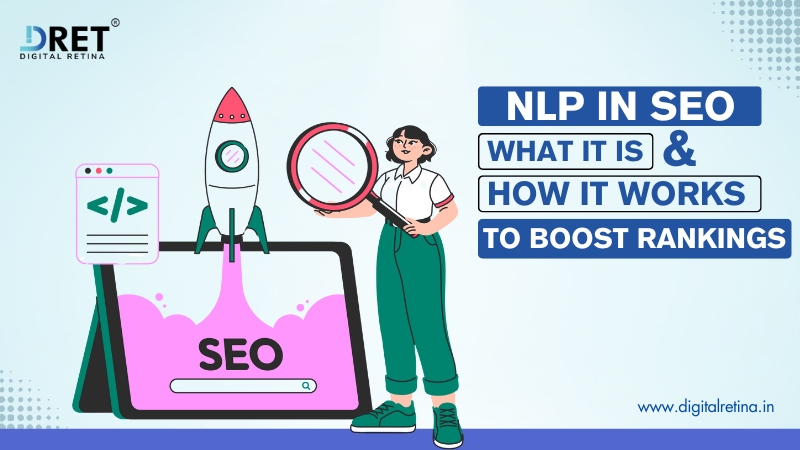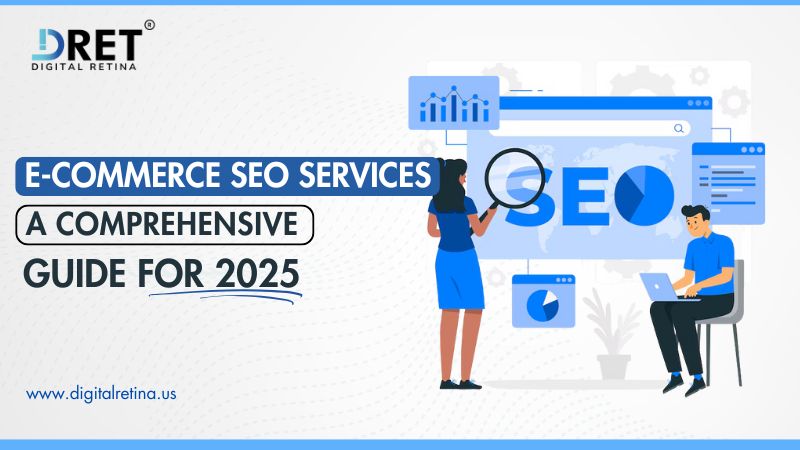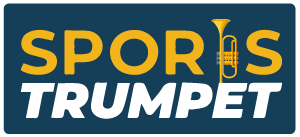SEO is no longer about stuffing keywords and manipulating backlinks. With advances in AI and machine learning, Google now understands the meaning behind your words. This evolution is powered by Natural Language Processing (NLP) — a crucial tool for improving your visibility in search results. NLP allows search engines to read between the lines, grasping user intent and the context of your content. As a result, high-ranking content today must be both technically optimized and genuinely valuable to human readers.
In this blog, we’ll unpack what NLP means in SEO, how it works, and how to use it to future-proof your content strategy.
What Is NLP in SEO?
Natural Language Processing (NLP) is a branch of artificial intelligence that enables machines to understand, interpret, and generate human language. In SEO, NLP plays a major role in how search engines like Google interpret both user queries and web content.
For example, if someone searches for “best budget laptops for college students,” Google doesn’t just look for pages containing those exact words. With NLP, it understands the intent behind the query and tries to return results that answer the question, including comparisons, expert reviews, and user recommendations.
NLP in SEO focuses on:
- Understanding searcher intent
- Analyzing context and semantics
- Evaluating content tone and clarity
- Identifying relevant entities and relationships
Put simply, NLP bridges the gap between how humans express themselves and how search engines interpret that language.
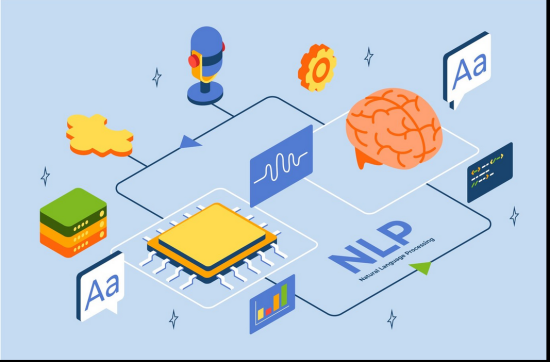
Uses of NLP in Search:
NLP influences almost every part of the search experience, including:
1. Query Understanding
Google uses NLP to decipher the real meaning of a query, especially in long-form or voice searches. It understands spelling mistakes, slang, abbreviations, and even regional language nuances.
Example:
Search for “how do I fix a leaky faucet?” – Google understands this is a DIY problem and looks for tutorials, not just pages with the exact phrase.
2. Contextual Matching
Rather than relying only on keyword matching, Google evaluates the semantic context. If your content covers related terms and subtopics, it’s more likely to rank well.
Example:
An article on “heart health” that also discusses blood pressure, cholesterol, and exercise might outrank a shorter, keyword-stuffed page.
3. Entity Recognition
NLP identifies entities like people, places, products, or concepts in your content. Google’s Knowledge Graph uses these entities to connect dots between topics and improve content relevance.
4. Sentiment Analysis
NLP can detect whether your content is positive, negative, or neutral — useful for product reviews, brand mentions, and trustworthiness evaluations.
5. Content Categorization
Google can categorize your content under the right themes, industries, or search verticals (e.g., medical, financial, educational) — improving your chances of appearing in specialized SERPs.
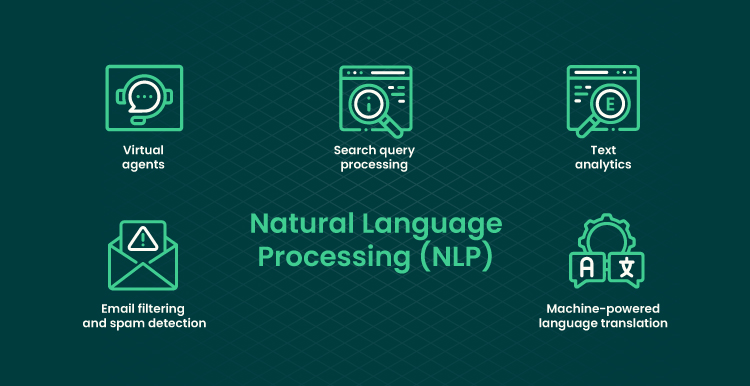
How Does NLP Work?
While the technical side of NLP is complex, here’s a breakdown of how it processes language:
1. Tokenization
The text is broken down into words or phrases (tokens). This helps the algorithm analyze sentence structure.
2. Part-of-Speech Tagging
Each word is tagged with its role — noun, verb, adjective, etc. This helps determine how words relate to each other.
3. Dependency Parsing
Google Maps how words connect, determining subject-object relationships and sentence meaning.
4. Named Entity Recognition (NER)
Entities like names, brands, dates, and places are extracted. This helps connect your content to broader knowledge databases.
5. Semantic Analysis
Search engines determine the intent and tone of the content — whether it’s educational, persuasive, transactional, etc.
6. Co-reference Resolution
NLP identifies pronouns or references that point to earlier words. For example, “Steve Jobs founded Apple. He was a visionary.” — Google knows “he” refers to Jobs.
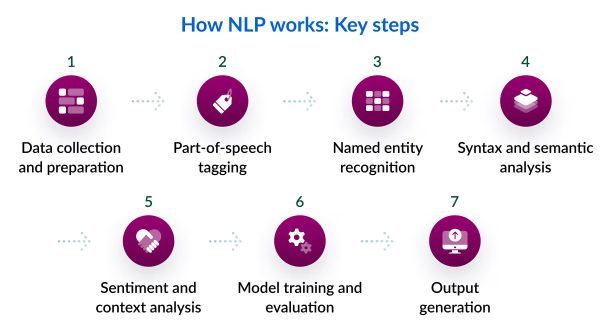
How Does NLP Affect Content Optimization and Creation?
NLP forces a shift in SEO from technical manipulation to value-driven communication. Here’s how it shapes modern content strategy:
Focus on User Intent
Start by understanding why someone is searching — what problem are they trying to solve? Tools like Google’s “People Also Ask,” Search Console queries, and AnswerThePublic can help identify intent.
Use Semantic Keywords
Don’t just repeat your main keyword — use related terms, synonyms, and associated entities.
Example:
For a blog about “plant-based diets,” you might include phrases like “vegan,” “meat alternatives,” “nutritional balance,” etc.
Write Naturally and Clearly
Avoid robotic language or over-optimization. Write the way your audience talks. NLP rewards clarity, cohesion, and readability.
Structure Matters
Use H1-H6 headings, bullet points, and short paragraphs. NLP algorithms recognize structured content as easier to understand.
Include FAQs and Direct Answers
Address questions clearly and concisely. This improves your chances of being featured in rich snippets or voice search results.
NLP and SEO Trends to Watch
As AI continues to advance, expect these NLP-driven SEO trends to gain traction:
AI Content Creation (But With Caution)
AI tools like ChatGPT and Jasper.ai use NLP to generate content, but quality control, originality, and alignment with your brand voice remain essential.
Multimodal Search (Text + Image + Voice)
Google’s MUM algorithm (Multitask Unified Model) allows users to search using a combination of input types. NLP is essential for interpreting voice and image context.
Voice Search & Conversational Queries
With more users speaking into their devices, your content should match conversational tone and phrasing.
Topical Authority
Search engines prefer depth over breadth. Instead of targeting dozens of unrelated keywords, focus on building topic clusters that demonstrate expertise.
Zero-Click Searches
Google now answers many queries right on the SERP. NLP helps determine which content is best suited to appear in these prominent positions.
NLP in Google Search is Here For a Long Time
Google’s major algorithm updates—BERT, MUM, and the Helpful Content Update—have made one thing clear: NLP is the future of search.
These updates reward content that:
- Is written for humans, not machines
- Provides comprehensive and useful information
- Reflects authentic expertise and intent
In fact, BERT alone affects over 90% of all English-language queries — making it one of the most impactful changes in Google’s history. SEO strategies must adapt to remain competitive.
Make Your SEO Strategy NLP-Ready
Ready to align your content with the future of search? Here’s a checklist to optimize for NLP:
🔸 Map User Intent: Analyze search queries beyond keywords
🔸 Use Semantic SEO Tools: Tools like Surfer SEO, Clearscope, or MarketMuse help build contextually rich content
🔸 Create Topic Clusters: Group content around a core theme to build authority
🔸 Include Entities and Relationships: Mention brands, people, places, and concepts naturally
🔸 Improve Readability: Use tools like Hemingway or Grammarly to refine sentence clarity
🔸 Optimize for Voice Search: Answer questions in a natural, conversational tone
🔸 Add Structured Data: Use schema markup to help Google understand your content
Final Thoughts
NLP has redefined how content is ranked in search engines. It’s not about outsmarting the algorithm — it’s about communicating your message effectively, clearly, and with purpose.
At DRET, we specialize in making websites NLP-ready — from strategy and content planning to technical implementation. If you want to stay ahead of the curve and rank higher in the age of intelligent search, now’s the time to embrace NLP in your SEO strategy.

